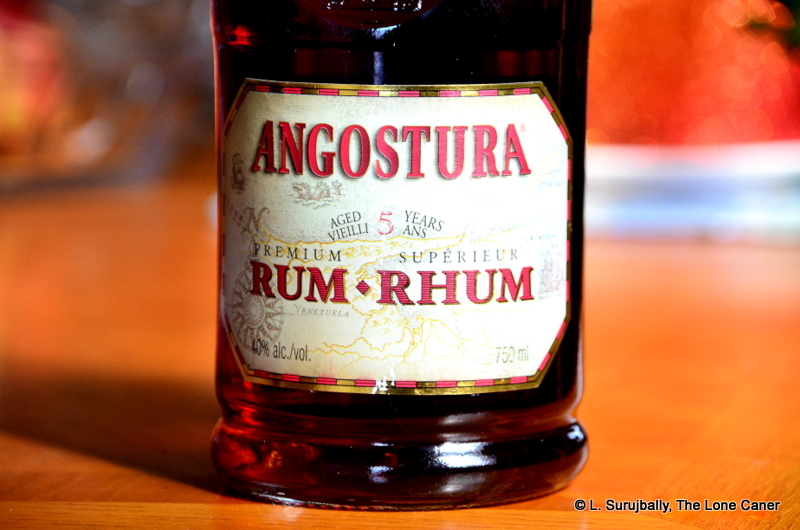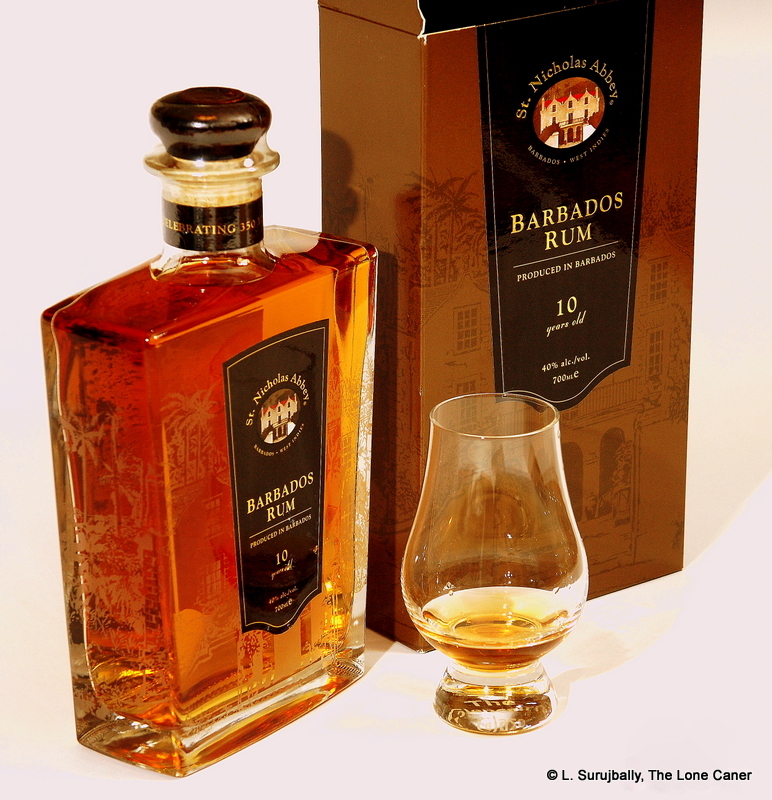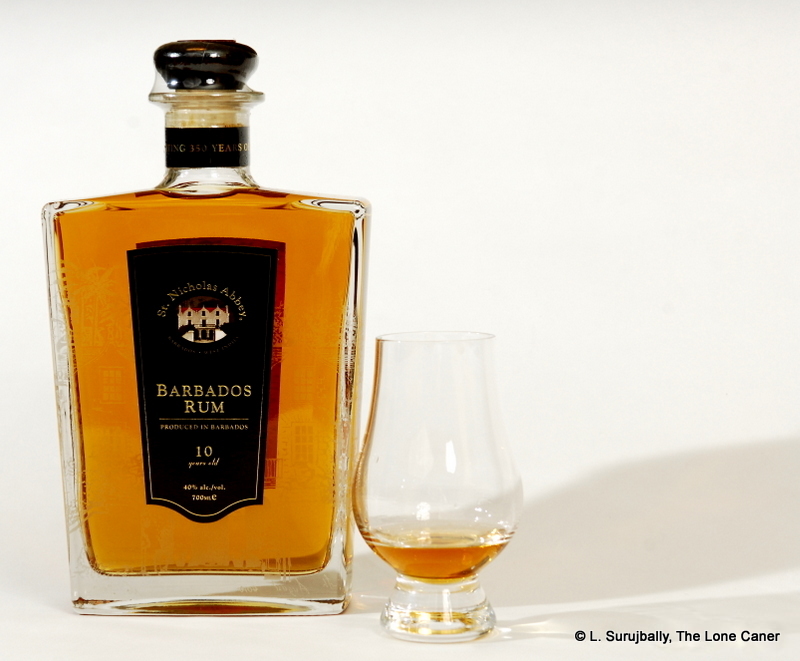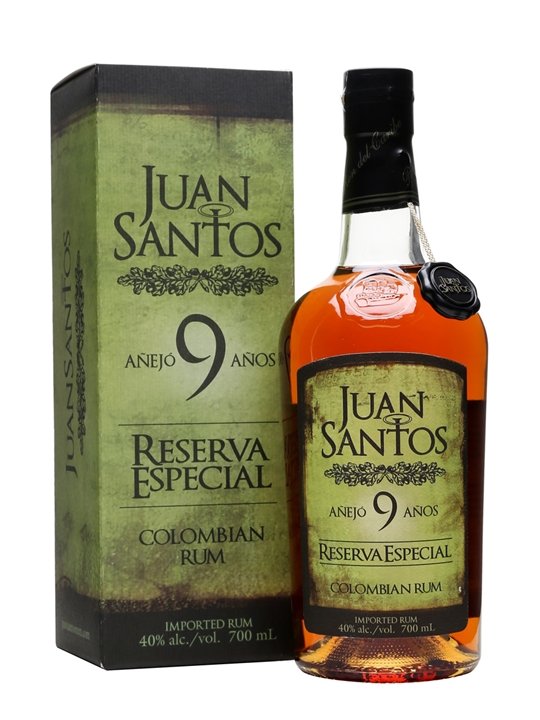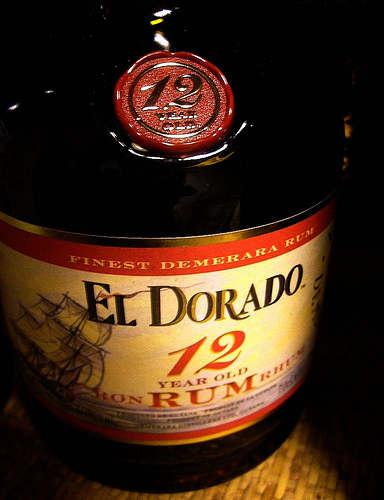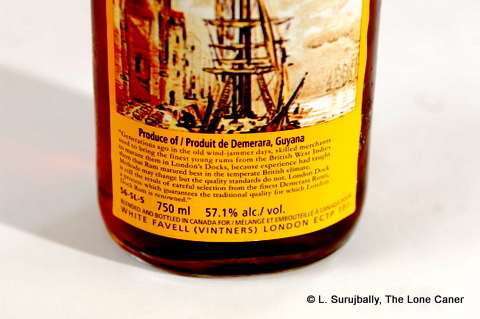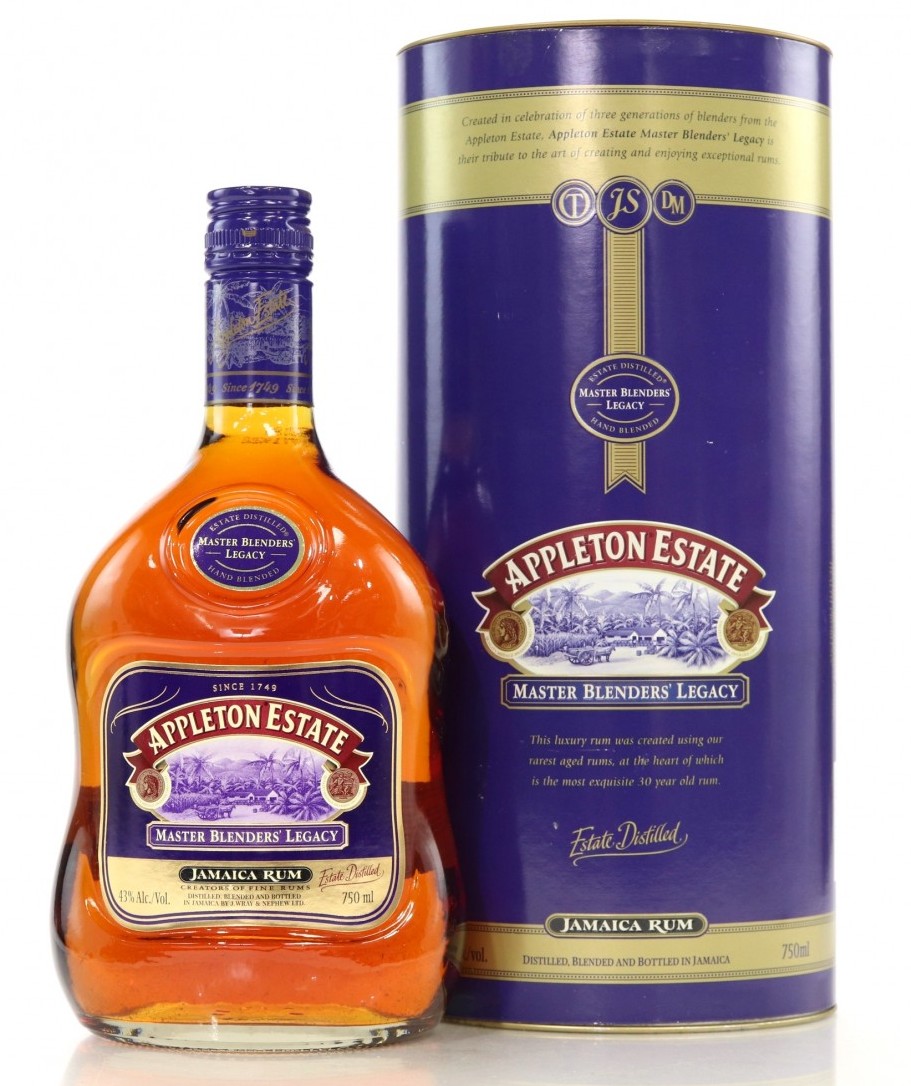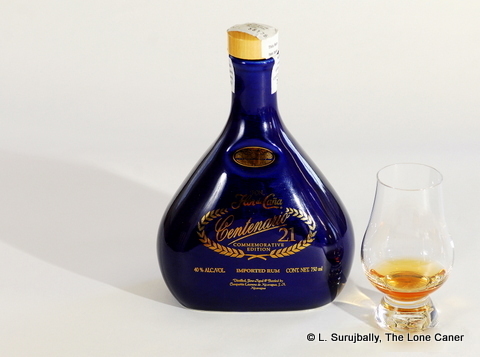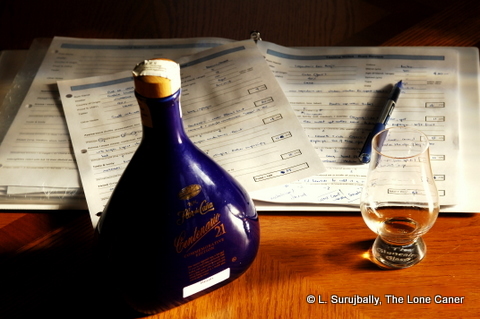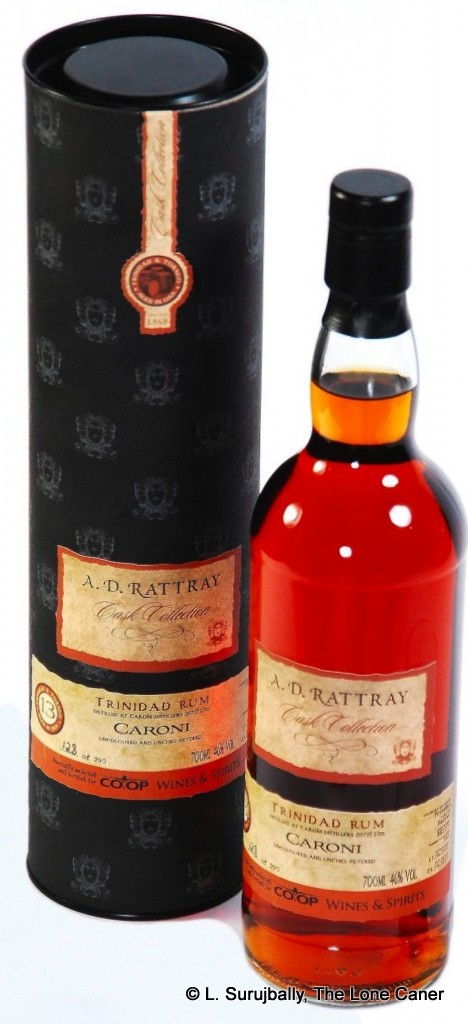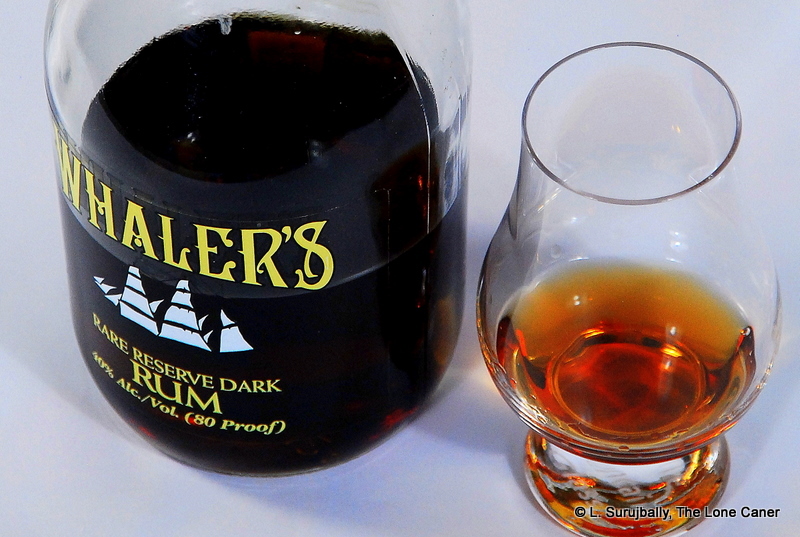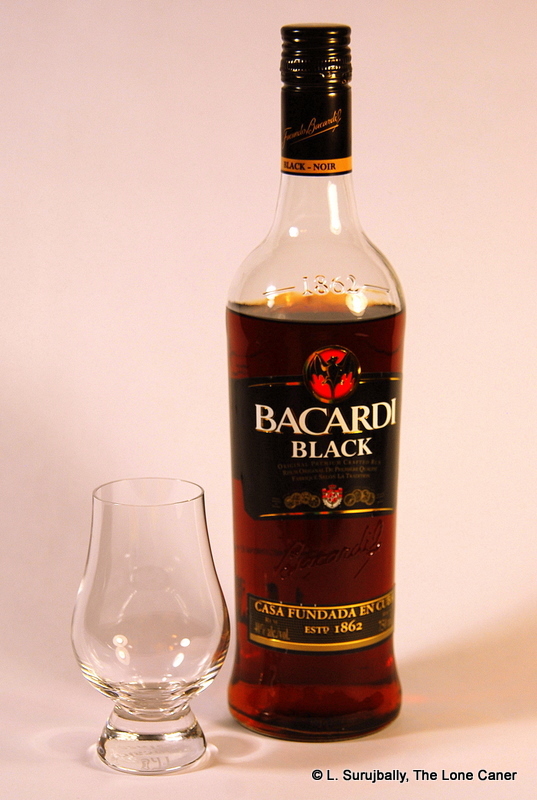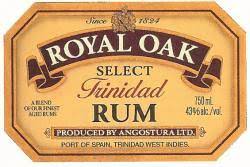First posted 26 March 2011 on Liquorature
I think of this particular iteration of Havana Club as a starter rum. No, not a starter for your evening, an apertif, or getting the girl (I like your thinking, mind), but as a beginning for the entire line of enormously palatable rums coming out of Cuba. I’m not entirely won over by styling some rums of a particular kind as Cuban rums, though I understand why the classification exists: I prefer to just take them as they come. This is the third Havana Club rum I’ve tried, and I haven’t been let down yet (the Havana Club Barrel Proof in particular is just yummy, believe me).
Some history here. The Havana Club brand was created by José Arechabala y Sainz (no, not by Bacardi) just after Prohibition ended in the USA, in 1934; even then, the conglomerate founded in 1878 by his father-in-law Jose Arechabala y Aldama was one of the largest in Cuba. Havana Club, along with Bacardi, became one of *the* rums of the world and to some extent pioneered a naissance in the recognition of the spirit in the forties and fifties. Alas, this happy state of affairs was not to last, and after a number of personal tragedies, most of the family left for Spain and the US, with the remainder following after the Cuban Revolution in 1959.
By now is there any rum aficionado who doesn’t know that Bacardi has claims to the name of Havana Club? To some extent, this is based on the carelessness of the Arechabala family, who let the trademark name slip into the public domain in 1973 when they failed to pay twenty five bucks and sign some papers to renew it. Castro, no fool, set up an export company in 1972 and from then until 1993 when Pernod Ricard entered the picture, Havana Club was exported out of Cuba. Except to the US, of course. That particular state of affairs is still, half a century later, nowhere near to being settled, which is good for us Canadians, bad for those south of 49. Anyway, although HC has been registered and trademarked in over 80 countries, it isn’t in the US, and this allowed Bacardi to start its own brand of the same name, which has embroiled the two companies in legal spats ever since, from the US Supreme Court to the WTO (without resolution).
The slim bottle is the same one as the 7 year old, and dark brown. The Maltmonster remarked the other evening that he hates having bottles which hide the colour of the spirit inside (yes he was referring to whisky, but he and I have both agreed that while the other party in our dispute is sadly miguided, we will accept that one day the light of comprehension will dawn and said prodigal son will be welcomed back into the fold), and I’m beginning to see why. It’s frustrating not to be able to see on a shelf what colour spirit one is buying. However, this is a minor point; after I poured into into a glass, it shone that same burnished copper gold as the Barrel Proof I so admired last year.
The nose reminded me a bit of the Legendario – definitely with its own character, however. It was flowery, with barely any molasses or caramel flavour to be detected at all…that came later once it had opened up a shade. Phenols wound in and around the scent, and so it failed on that level for me, since medicinal tastes aren’t really my thing – but, like the Legendario, it had that intriguing musky sweetness of grapes also. Much less, however: what was overkill on the Legendario was just right here. Yes it was sharp as well, and since I have no idea what age of rums went into the blend, I’m going to go out on a limb and say it’s probably a mix of rums three years and younger.
This does not disqualify it, however, because althugh the nose had its weaknesses, the taste was something else again. It was, for a rum this young: just sweet enough, medium to heavy bodied and smoothly oily beyond my expectations. It lingered on the palate, releasing flavours of coconut, light caramel and cinnamon, perhaps some liquorice, and again, that faint touch of dark grapes. I mean, the thing was voluptuous, quite a different thing from the rather pedestrian schnozz…can you blame me for being enthusiastic? Wow. The finish was not overly long, and there was a pleasant heat to linger on, but after a while even that faded, leaving behind a pleasant sweet scent that dissipated more slowly: not the best finish I’ve had, but far from the worst.
The Havana Club Añejo Reserva starts slowly, doesn’t overly impress, then gathers a head of steam and ends the race like a late breaking nag at the five-furlong pole, finishing far ahead of where you might have expected it to. What a hidden gem this rum is indeed.
(#071. 80.5/100)


